Scientists Want To Send Clocks To The Moon For A Mind-Bending Reason
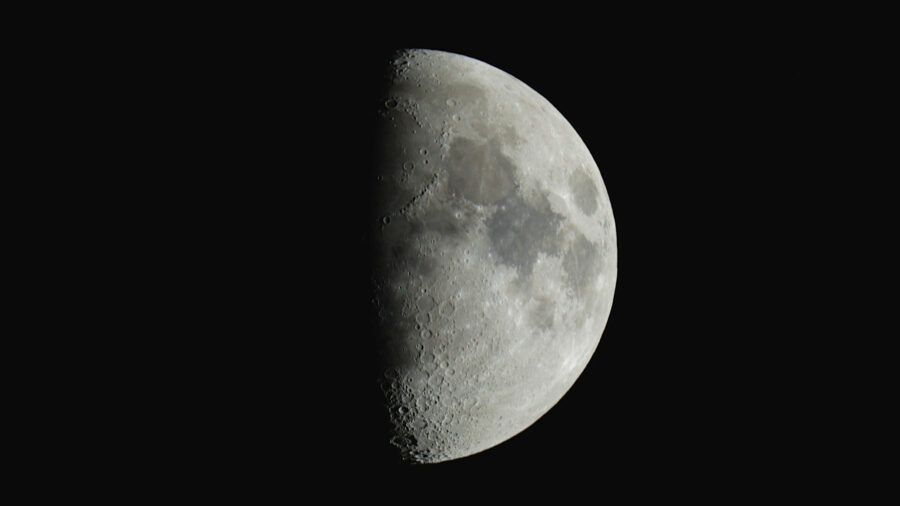
Scientists are grappling with how to tell time on the Moon, given that time passes slightly more quickly there than on Earth. The renewed race to occupy the surface of the Moon for tactical and research purposes has spurred the White House to send a directive ordering NASA to propose a lunar time scale that can be used to keep time officially on the Moon. NASA has until December 31 to outline its plan and will be expected to implement it by 2026.
Time Passes More Quickly On The Moon
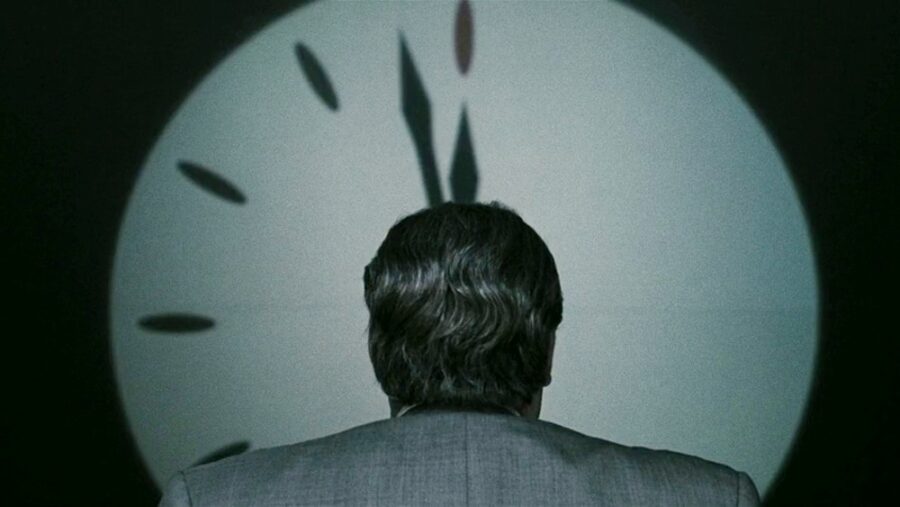
Albert Einstein was the first to point out that gravity likely has an effect on the progression of time with his theory of general relativity. The theory explains why time passes slightly more slowly at lower elevations on Earth than at mountain peaks because gravity is strongest closest to the Earth. This theory applied to the Moon, which has a microgravity environment, means that time there passes even more quickly than at the top of a mountain.
The Plan
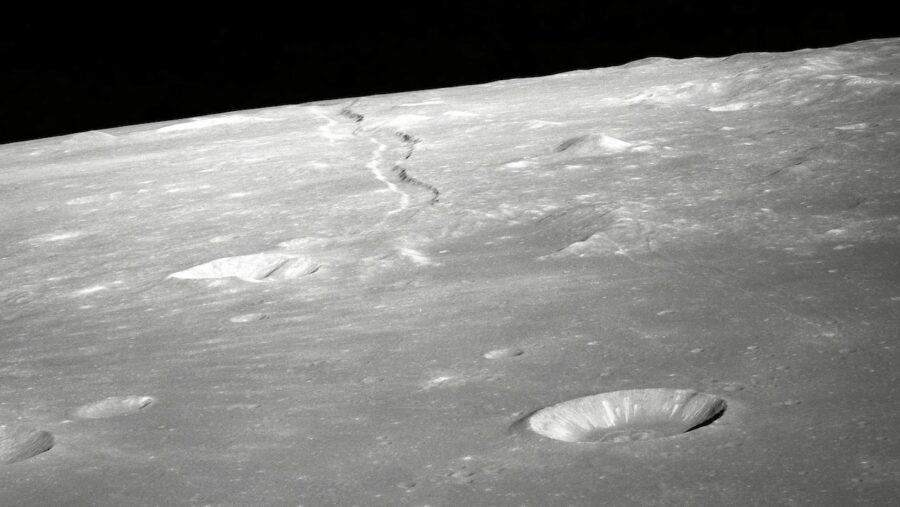
Neil Ashby and Bijunath R. Patla, authors of a paper from the National Institute of Standards and Technology in Boulder, Colorado, propose that clocks be sent to the equator of the Moon or in orbit around it to set a standard that can be compared to those already in use here on Earth to set a standard.
This standard can then be used to accurately measure time for position, navigation, and time (PNT) in the lunar environment and beyond, into the reaches of our solar system. The paper asserts that setting up reliable communications between Earth and the Moon will require this accurate new time scale.
Need To Keep Time At Different Parts Of The Moon
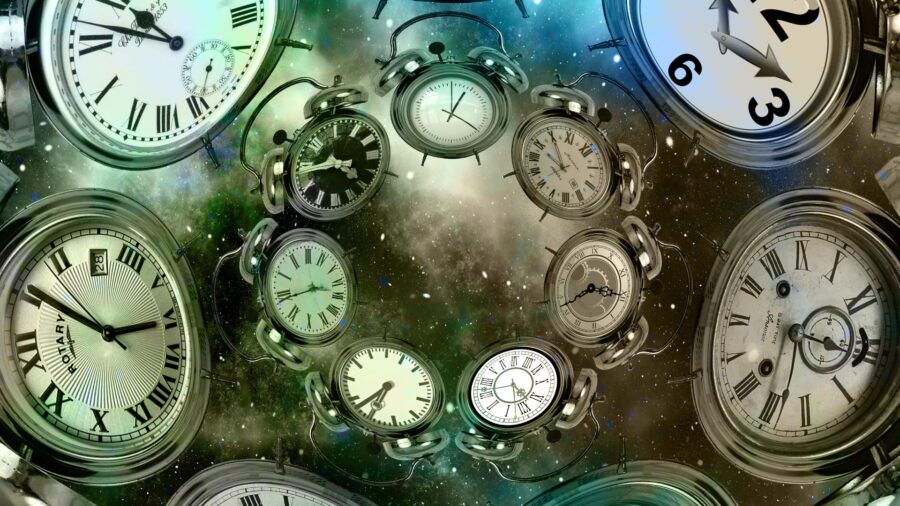
To accommodate the tiny differences caused by changing gravitational force here on Earth, scientists use atomic clocks set in various locations all around the world to accurately measure the passage of time. To accomplish a similar adaptation for timekeeping on the Moon, scientists would need to have a similarly accurate measure of time in multiple locations on the surface of the Moon to get a full picture of the gravitational effects on time on the lunar surface. This is a tall order, given that there are currently no human settlements there and as yet, no way to deploy such a comprehensive plan.
Keeping Time Is Essential
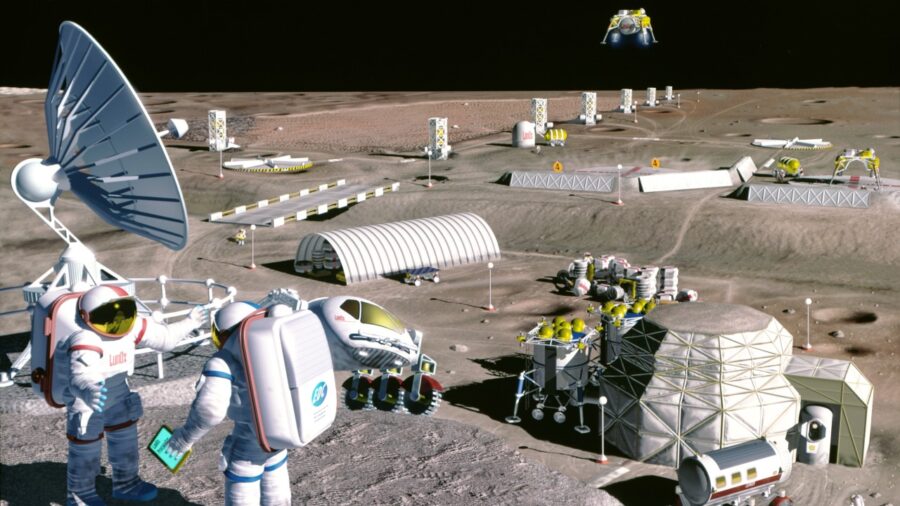
Because time is crucial to navigation on the lunar surface, having an accurate measure of the passing of time there is crucial to the success of future human settlements on the Moon. People who leave their domiciles to conduct research on the Moon, map the lunar surface, or explore in Moon buggies will need a way to keep time while they’re doing it, so the plan to initiate a new lunar time scale is central to building settlements on the Moon. This time scale will account for the difference in how quickly time passes on the Moon as compared to Earth.
LunaNet
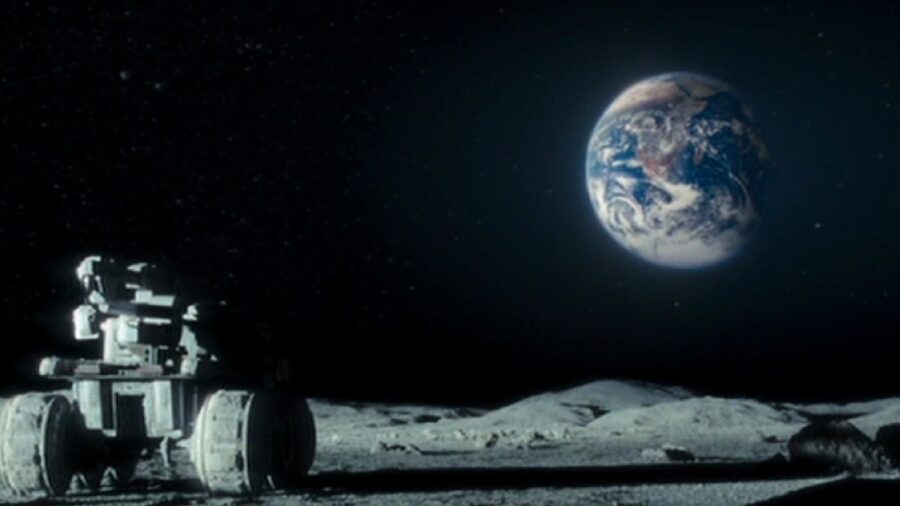
This new set of clocks, alongside several GPS satellites, would make up what scientists are calling LunaNet. It would encompass the combined efforts of NASA, the European Space Agency, and other interested parties, and set a standard time scale for the Moon that everyone would have to agree on and contribute to. The success of the project will be decided in large part by the abilities of NASA and the other participating space programs to agree upon a standard and contribute to an overall measurement system.
Source: Arxiv











